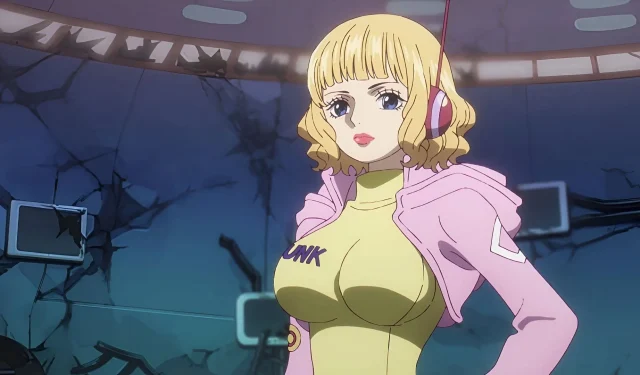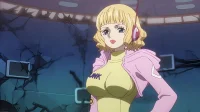One Piece is renowned for its intricate mysteries that captivate fans, who diligently search for connections among seemingly unrelated characters. Among the most intriguing theories is the speculation that Stussy, Carrot, and Edward Weevil may actually be the product of cloning or genetic engineering.
At first glance, the distinct identities of these characters appear obvious: a CP0 agent, a Mink warrior, and Whitebeard’s self-proclaimed son. However, a closer examination uncovers subtle similarities that suggest a potential shared lineage or background.
Eiichiro Oda demonstrates a remarkable ability to weave long-term narratives, embedding foreshadowing elements that often come to fruition years later. The recurring motifs of genetic experimentation and cloning in the arcs of these three characters may serve as yet another demonstration of Oda’s deep storytelling prowess.
Disclaimer: The content herein reflects speculation and the personal views of the author.
Unraveling the Genetic and Symbolic Connections of Stussy and Carrot
This theory hinges on the visual and narrative parallels shared by Stussy and Carrot. Their striking resemblances, including similar outfits on various occasions, imply either a shared aesthetic appreciation or deliberate hints from Oda.
Furthermore, both characters share significant bonds with their jaguar companions—Carrot with Pedro and Stussy with Rob Lucci. Intriguingly, their respective birthdays—April 24 for Stussy and May 24 for Carrot—raise questions about intentionality, especially considering the meticulous planning characteristic of Oda’s universe.
The scientific dimension of this theory stems from the established lore of cloning and genetic manipulation in the One Piece universe. Dr. Vegapunk’s achievements, including the controversial Seraphim project, highlight advanced biotechnological experiments that hint at a broader theme of genetic experimentation.
This narrative proposes that Stussy could have been the first successful clone, leading to subsequent experiments resulting in Carrot, possibly fusing Bakkin’s lineage and Mink genetics sourced from Revolutionary Army scientist Lindbergh.
Weevil, Stussy, and Carrot: Crafting One Piece’s Horror-Inspired Trio
The link of Weevil to this trio seems to stem from Bakkin’s endeavors in genetic manipulation. Upon discovering Vegapunk’s work using her genetic material, she may have sought to engineer a “son”by merging her genes with those of Whitebeard.
This hypothesis explains Weevil’s distinctive appearance and formidable power, while also illuminating his childlike demeanor as an outcome of less sophisticated genetic modifications. The archetype of a monster trio—a fundamental aspect of One Piece storytelling—adds an interesting layer to this narrative.
If indeed these three characters share a common origin, they could represent a unique horror-inspired trio. This representation includes Carrot’s werewolf transformation during the Sulong form, Stussy’s vampiric qualities through her timelessness and associated mysteries, and Weevil as a modern adaptation of Frankenstein’s monster, combining strength with limited intellect.
This theory also connects to the overarching narrative surrounding the World Government’s ambitions in scientific endeavors, offering a darker backdrop to characters who might appear ancillary to the core plot. Additionally, it could hint at future disclosures regarding genetic experimentation as the series approaches its conclusion.
Conclusion
As One Piece nears its climax, countless theories, such as the potential genetic ties between Stussy, Carrot, and Weevil, will either come to fruition or fall by the wayside. This narrative thread exemplifies the intricate world-building and storytelling finesse exhibited by Oda over his extensive narrative.
The series continues to enthrall its audience, filled with sophisticated enigmas that provoke thoughtful discussion and unveil surprising interconnections that remain cleverly concealed even after 25 years.


